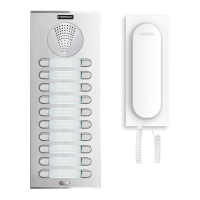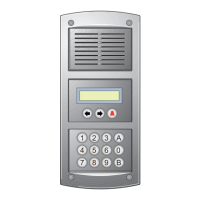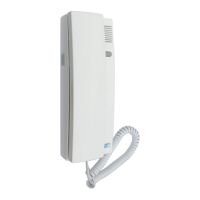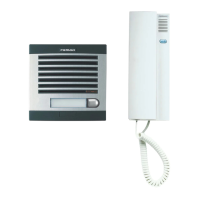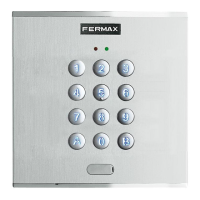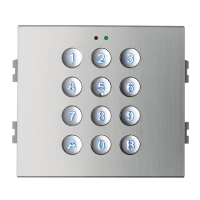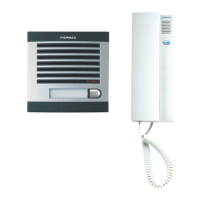1. GENERAL FEATURES
For large systems with various access points and extensive functions.
Allows complete management of a system with several access points and advanced access control functions: restrictions
by user groups, both in terms of space (zones) and time (timetables), one-way function, restriction of numbers, greater user capacity,
activation of devices from the reader, recording of incidents for subsequent consultation, control or security centre.
Also permits the integration of additional services within the access control system: intercommunication, alarms, automation, etc.
- INTERCOMMUNICATION. For those access points where you need to grant access to external personnel.
A button is pressed to contact the central guard unit, and from there access is granted.
- TECHNICAL OR INTRUDER ALARMS. Each entrance and exit can be programmed with a detection and intervention time.
The alarms appear on the computer screen and on the central guard unit.
- AUTOMATION. Relay activation for certain events. Activation of devices from the readers (alarm activation/deactivation
on entry or exit). Weekly programmer which can plan up to 32 daily activities for individual or groups or sensors and relays.
Allows automatic connection with lighting, motor, heating, air conditioning, sprinkler systems, etc.
Requires a Central Unit to manage the system and software (Windows operating system), to program the system via a PC.
The connection between the PC and the system can be direct (RS-485) or remote (IP). The data can be updated and the
system monitored from different PCs (multi-station).
Centralised access control systems are also known as CLASS III access control systems.
The system uses a 2 wire BUS and shielded twisted pair. The readers connect to the panel BUS and the relay and sensor
decoders to the Central Unit decoder BUS.
2. CENTRALISATION
System centralisation involves a central unit, a power supply and relevant PC connection devices.
We recommend you to use an emergency power supply system (battery).
In systems with large distances, you will need to install additional power supplies at the access points in order to avoid drops in
voltage with wiring.
CENTRALISED
